rife-video-interpolation
Maintainer: pollinations

15
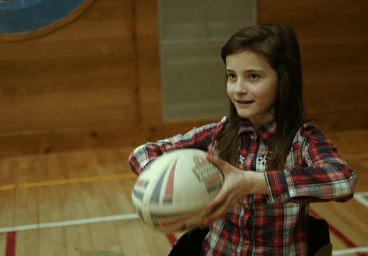
| Property | Value |
|---|---|
| Model Link | View on Replicate |
| API Spec | View on Replicate |
| Github Link | View on Github |
| Paper Link | No paper link provided |
Get summaries of the top AI models delivered straight to your inbox:
Model overview
rife-video-interpolation is an AI model developed by pollinations that can generate realistic intermediate frames between a pair of input images or video frames. This allows for smooth slow-motion effects or video frame interpolation. The model is based on the Real-Time Intermediate Flow Estimation for Video Frame Interpolation research paper, which was accepted by ECCV 2022.
Similar models developed by pollinations include tune-a-video, which enables one-shot tuning of image diffusion models for text-to-video generation, amt, a video smoother using AMT All-Pairs Multi-Field Transforms, and adampi, which can create 3D photos from single 2D images.
Model inputs and outputs
rife-video-interpolation takes a video file or a pair of image files as input and generates an interpolated video with additional intermediate frames. This allows for creating smooth slow-motion effects or increasing the framerate of a video.
Inputs
- Video: An input video file
- Interpolation Factor: The number of intermediate frames to generate between each pair of input frames (e.g. 4 means 4 new frames will be generated)
Outputs
- Output Video: The output video file with the interpolated frames inserted
Capabilities
rife-video-interpolation can generate realistic intermediate frames between a pair of input images or video frames, enabling smooth slow-motion effects and high-quality video frame interpolation. The model can run at 30+ FPS for 2X 720p interpolation on a 2080Ti GPU, and supports arbitrary-timestep interpolation between a pair of images.
What can I use it for?
With rife-video-interpolation, you can create compelling slow-motion effects in your videos or increase the framerate of existing footage. This can be useful for a variety of applications, such as sports videography, cinematic video productions, or even enhancing the quality of gameplay footage.
Things to try
One interesting aspect of rife-video-interpolation is its ability to perform arbitrary-timestep interpolation. This means you can generate any number of intermediate frames between a pair of input images, allowing for fine-tuned control over the speed and flow of your video. You could experiment with different interpolation factors to achieve the desired effect, or even use the model to generate high-quality video previews before committing to a final edit.
This summary was produced with help from an AI and may contain inaccuracies - check out the links to read the original source documents!
Related Models
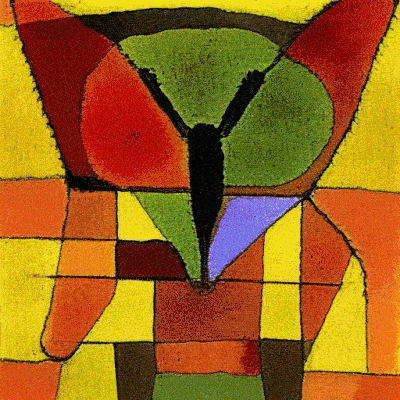
stable-diffusion-dance

5
stable-diffusion-dance is an audio reactive version of the Stable Diffusion model, created by pollinations. It builds upon the original Stable Diffusion model, which is a latent text-to-image diffusion model capable of generating photo-realistic images from any text prompt. The stable-diffusion-dance variant adds the ability to react the generated images to input audio, creating an audiovisual experience. Model inputs and outputs The stable-diffusion-dance model takes in a text prompt, an optional audio file, and various parameters to control the generation process. The outputs are a series of generated images that are synchronized to the input audio. Inputs Prompts**: Text prompts that describe the desired image content, such as "a moth", "a killer dragonfly", or "Two fishes talking to each other in deep sea". Audio File**: An optional audio file that the generated images will be synchronized to. Batch Size**: The number of images to generate at once, up to 24. Frame Rate**: The frames per second for the generated video. Random Seed**: A seed value to ensure reproducibility of the generated images. Prompt Scale**: The influence of the text prompt on the generated images. Style Suffix**: An optional suffix to add to the prompt, to influence the artistic style. Audio Smoothing**: A factor to smooth the audio input. Diffusion Steps**: The number of diffusion steps to use, up to 30. Audio Noise Scale**: The scale of the audio influence on the image generation. Audio Loudness Type**: The type of audio loudness to use, either 'rms' or 'peak'. Frame Interpolation**: Whether to interpolate between frames for a smoother video. Outputs A series of generated images that are synchronized to the input audio. Capabilities The stable-diffusion-dance model builds on the impressive capabilities of the original Stable Diffusion model, allowing users to generate dynamic, audiovisual content. By combining the text-to-image generation abilities of Stable Diffusion with audio-reactive features, stable-diffusion-dance can create unique, expressive visuals that respond to the input audio in real-time. What can I use it for? The stable-diffusion-dance model can be used to create a variety of audiovisual experiences, from music visualizations and interactive art installations to dynamic background imagery for videos and presentations. The model's ability to generate images that closely match the input audio makes it a powerful tool for artists, musicians, and content creators looking to add an extra level of dynamism and interactivity to their work. Things to try One interesting application of the stable-diffusion-dance model could be to use it for live music performances, where the generated visuals would react and evolve in real-time to the music being played. Another idea could be to use the model to create dynamic, procedural backgrounds for video games or virtual environments, where the visuals would continuously change and adapt to the audio cues and gameplay.
Updated Invalid Date
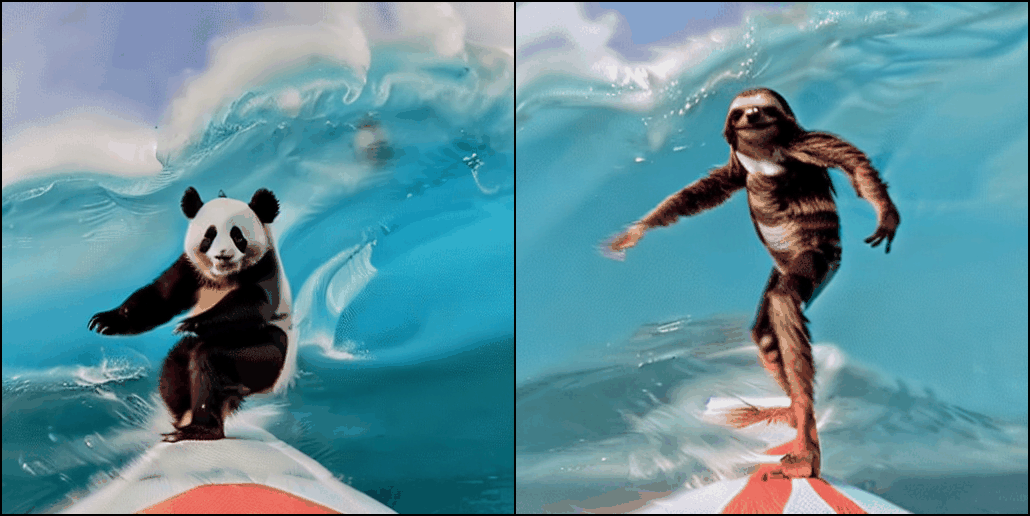
tune-a-video

2
Tune-A-Video is an AI model developed by the team at Pollinations, known for creating innovative AI models like AMT, BARK, Music-Gen, and Lucid Sonic Dreams XL. Tune-A-Video is a one-shot tuning approach that allows users to fine-tune text-to-image diffusion models, like Stable Diffusion, for text-to-video generation. Model inputs and outputs Tune-A-Video takes in a source video, a source prompt describing the video, and target prompts that you want to change the video to. It then fine-tunes the text-to-image diffusion model to generate a new video matching the target prompts. The output is a video with the requested changes. Inputs Video**: The input video you want to modify Source Prompt**: A prompt describing the original video Target Prompts**: Prompts describing the desired changes to the video Outputs Output Video**: The modified video matching the target prompts Capabilities Tune-A-Video enables users to quickly adapt text-to-image models like Stable Diffusion for text-to-video generation with just a single example video. This allows for the creation of custom video content tailored to specific prompts, without the need for lengthy fine-tuning on large video datasets. What can I use it for? With Tune-A-Video, you can generate custom videos for a variety of applications, such as creating personalized content, developing educational materials, or producing marketing videos. The ability to fine-tune the model with a single example video makes it particularly useful for rapid prototyping and iterating on video ideas. Things to try Some interesting things to try with Tune-A-Video include: Generating videos of your favorite characters or objects in different scenarios Modifying existing videos to change the style, setting, or actions Experimenting with prompts to see how the model can transform the video in unique ways Combining Tune-A-Video with other AI models like BARK for audio-visual content creation By leveraging the power of one-shot tuning, Tune-A-Video opens up new possibilities for personalized and creative video generation.
Updated Invalid Date
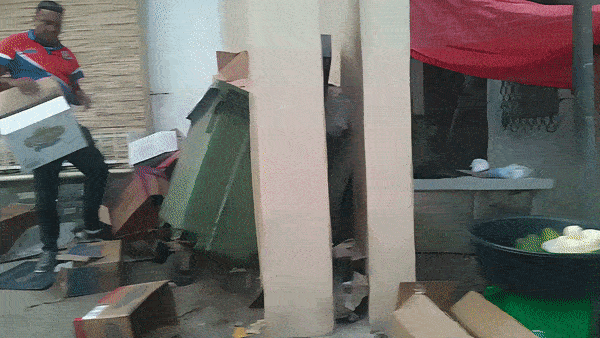
real-basicvsr-video-superresolution

8
The real-basicvsr-video-superresolution model, created by pollinations, is a video super-resolution model that aims to address the challenges of real-world video super-resolution. It is part of the MMEditing open-source toolbox, which provides state-of-the-art methods for various image and video editing tasks. The model is designed to enhance low-resolution video frames while preserving realistic details and textures, making it suitable for a wide range of applications, from video production to video surveillance. Similar models in the MMEditing toolbox include SeeSR, which focuses on semantics-aware real-world image super-resolution, Swin2SR, a high-performance image super-resolution model, and RefVSR, which uses a reference video frame to super-resolve an input low-resolution video frame. Model inputs and outputs The real-basicvsr-video-superresolution model takes a low-resolution video as input and generates a high-resolution version of the same video as output. The input video can be of various resolutions and frame rates, and the model will upscale it to a higher quality while preserving the original temporal information. Inputs Video**: The low-resolution input video to be super-resolved. Outputs Output Video**: The high-resolution video generated by the model, with improved details and texture. Capabilities The real-basicvsr-video-superresolution model is designed to address the challenges of real-world video super-resolution, where the input video may have various degradations such as noise, blur, and compression artifacts. The model leverages the capabilities of the BasicVSR++ architecture, which was introduced in the CVPR 2022 paper "Towards Real-World Video Super-Resolution: A New Benchmark and a State-of-the-Art Model". By incorporating insights from this research, the real-basicvsr-video-superresolution model is able to produce high-quality, realistic video outputs even from low-quality input footage. What can I use it for? The real-basicvsr-video-superresolution model can be used in a variety of applications where high-quality video is needed, such as video production, video surveillance, and video streaming. For example, it could be used to upscale security camera footage to improve visibility and detail, or to enhance the resolution of old family videos for a more immersive viewing experience. Additionally, the model could be integrated into video editing workflows to improve the quality of low-res footage or to create high-resolution versions of existing videos. Things to try One interesting aspect of the real-basicvsr-video-superresolution model is its ability to handle a wide range of input video resolutions and frame rates. This makes it a versatile tool that can be applied to a variety of real-world video sources, from low-quality smartphone footage to professional-grade video. Users could experiment with feeding the model different types of input videos, such as those with varying levels of noise, blur, or compression, and observe how the model responds and the quality of the output. Additionally, users could try combining the real-basicvsr-video-superresolution model with other video processing techniques, such as video stabilization or color grading, to further enhance the final output.
Updated Invalid Date
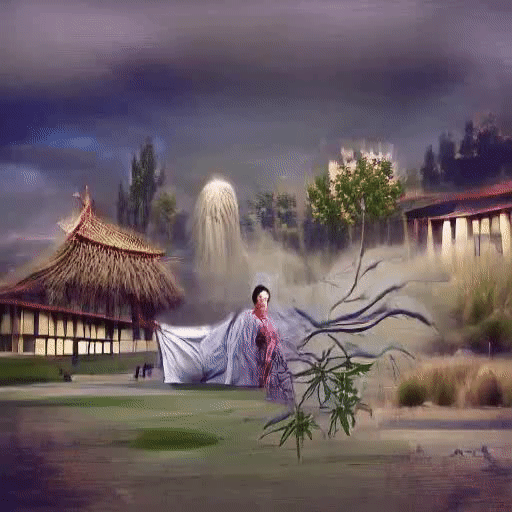
adampi

5
The adampi model, developed by the team at Pollinations, is a powerful AI tool that can create 3D photos from single in-the-wild 2D images. This model is based on the Adaptive Multiplane Images (AdaMPI) technique, which was recently published in the SIGGRAPH 2022 paper "Single-View View Synthesis in the Wild with Learned Adaptive Multiplane Images". The adampi model is capable of handling diverse scene layouts and producing high-quality 3D content from a single input image. Model inputs and outputs The adampi model takes a single 2D image as input and generates a 3D photo as output. This allows users to transform ordinary 2D photos into immersive 3D experiences, adding depth and perspective to the original image. Inputs Image**: A 2D image in standard image format (e.g. JPEG, PNG) Outputs 3D Photo**: A 3D representation of the input image, which can be viewed and interacted with from different perspectives. Capabilities The adampi model is designed to tackle the challenge of synthesizing novel views for in-the-wild photographs, where scenes can have complex 3D geometry. By leveraging the Adaptive Multiplane Images (AdaMPI) representation, the model is able to adjust the initial plane positions and predict depth-aware color and density for each plane, allowing it to produce high-quality 3D content from a single input image. What can I use it for? The adampi model can be used to create immersive 3D experiences from ordinary 2D photos, opening up new possibilities for photographers, content creators, and virtual reality applications. For example, you could use the model to transform family photos, travel snapshots, or artwork into 3D scenes that can be viewed and explored from different angles. This could enhance the viewing experience, add depth and perspective, and even enable new creative possibilities. Things to try One interesting aspect of the adampi model is its ability to handle diverse scene layouts in the wild. Try experimenting with a variety of input images, from landscapes and cityscapes to portraits and still lifes, and see how the model adapts to the different scene geometries. You could also explore the depth-aware color and density predictions, and how they contribute to the final 3D output.
Updated Invalid Date